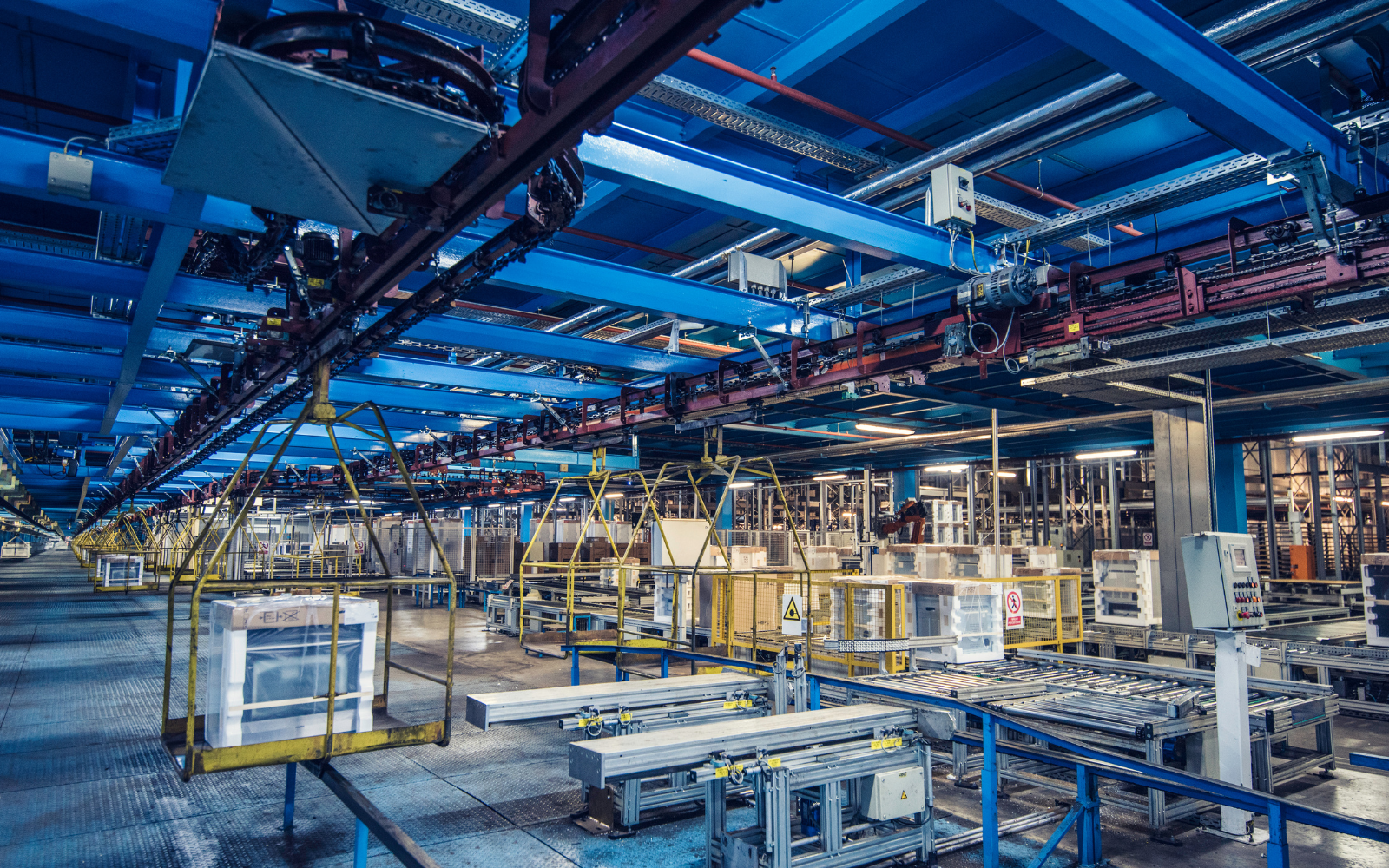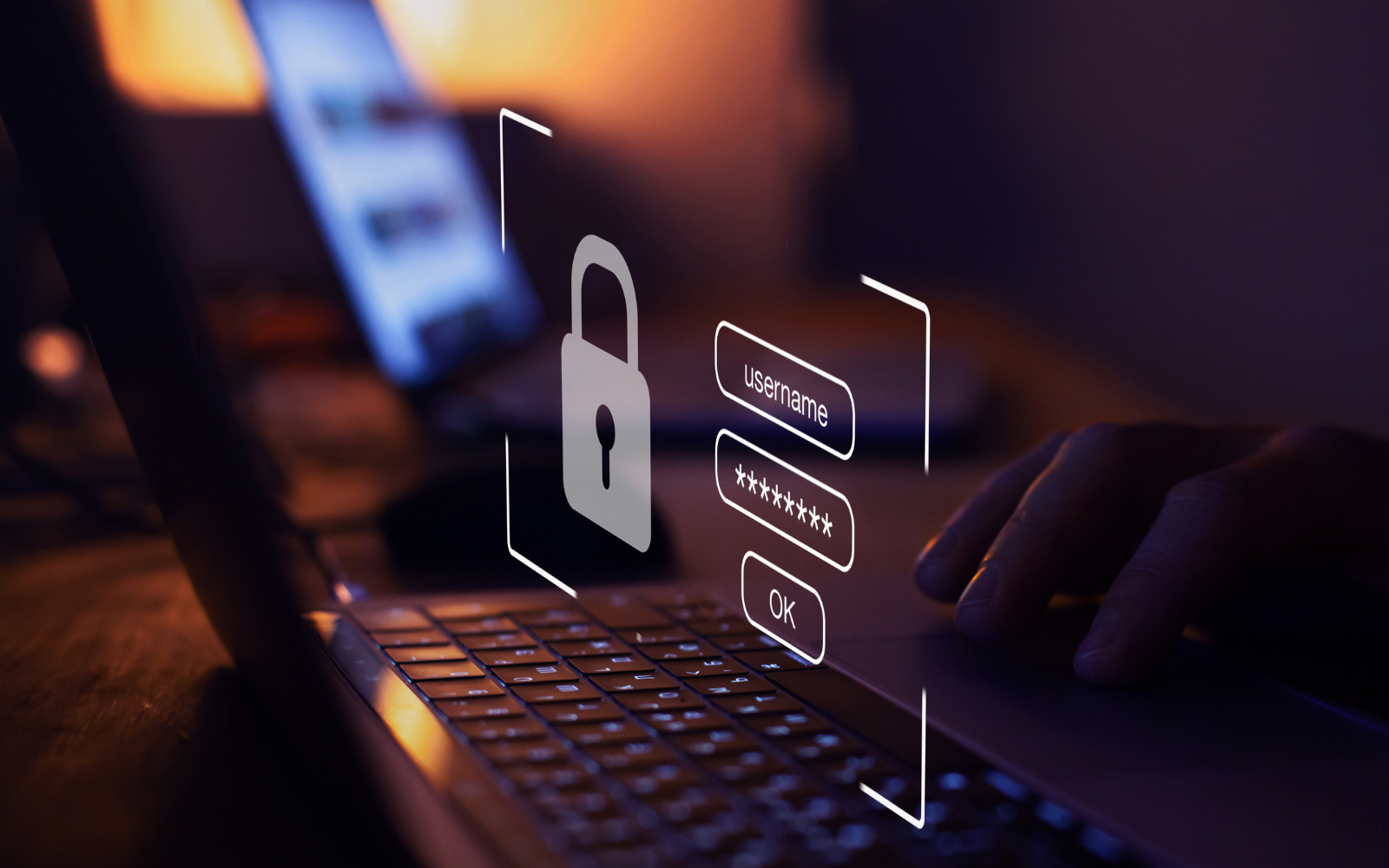In this post, we’ll explore how AI and automation tools are revolutionizing cybersecurity and why businesses of all sizes should prioritize integrating them into their security infrastructure.
Learn how Versetal can help you with your IT Ops


